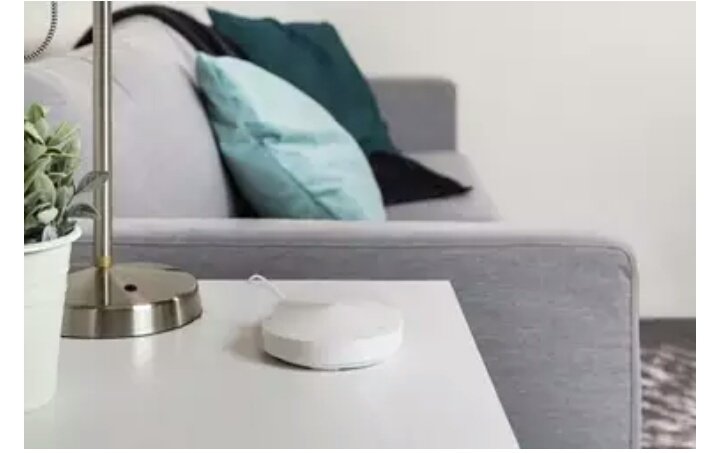
The devices in your home come from different manufacturers, and that’s usually fine. You might have a Samsung smart television, a TP-Link router, and an iPhone, but they can probably all connect to your Wi-Fi network. That’s one of the nice things about Wi-Fi: The protocol is indifferent to who made the device. For that, you can partly thank the Wi-Fi Alliance, an industry organization that certifies devices to show that they play nicely with the other gadgets on the invisible Wi-Fi playground in your home.
But the way Wi-Fi is distributed throughout our abodes is changing. Sure, one router can broadcast the signal from a single location. Another option, however, is a mesh network, in which multiple points throughout your home work together to send out the signal from various spots, forming a mesh, or web. It’s a good strategy for people with big homes, and popular mesh-network makers include Eero and Google Wifi. Now, the Wi-Fi Alliance has unveiled a novel initiative designed to make sure that mesh networks in your home, even with nodes made by different companies, work together.
The Wi-Fi Alliance calls the new project EasyMesh. Kevin Robinson, vice president for marketing at the organization, says that the context for the initiative is that people are increasingly adding smart home devices throughout their homes, and those devices, especially gadgets like TVs that stream high-def content, require robust internet connections. In short, a router in one room might not cut it for some people, but a mesh network, with a strong signal in lots of places, could. One of the benefits of EasyMesh, Robinson says, is that someone could “very easily add Wi-Fi EasyMesh access points, regardless of vendor.”
Hi! I am a robot. I just upvoted you! I found similar content that readers might be interested in:
https://www.popsci.com/wifi-mesh-standard